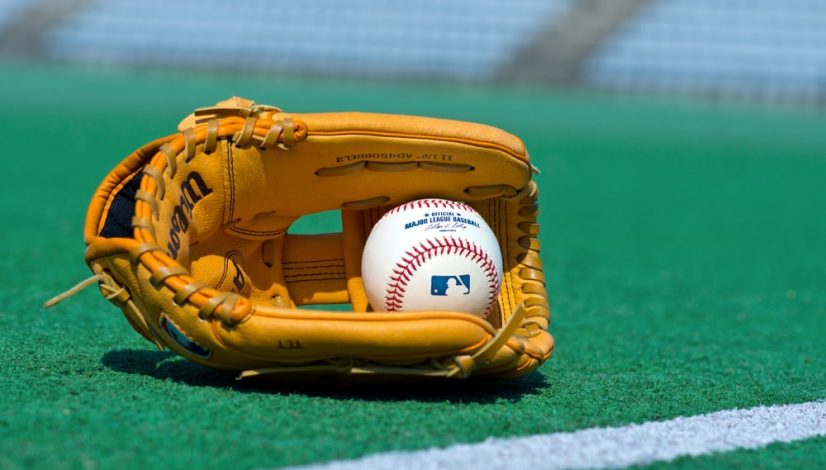What The 4 Biggest Pro Sports Leagues Think About Cannabis
More and more pro athletes, representing the full range of pro sports leagues, are opening up about marijuana’s value as an important supplement to their physically demanding careers. Ultimately, these athletes are demonstrating that cannabis can be an aid to an active body rather than a detriment.
But most admissions of this kind come in retirement, for some obvious reasons. Retirees have less to risk. In certain situations, players can risk everything—even if they never pee dirty in their lives.
As the NFL demonstrated with its treatment of former Baltimore Ravens offensive lineman Eugene Monroe, today’s active players who advocate for weed are tomorrow’s retirees. No accident that he has no analog in other sports.
So how many active players, the ones with sneaker deals and secret Twitter accounts, also sneak weed? Accounts vary. The truth is that nobody really knows, just as nobody really knows how many Americans use marijuana.
Data like that is collected from surveys. On surveys, people lie. As a result, we are left to speculate. And speculate we will. Based on public statements, intuition and pure guesswork, here’s our guide to what the four biggest pro sports leagues think about marijuana.
Major League Baseball
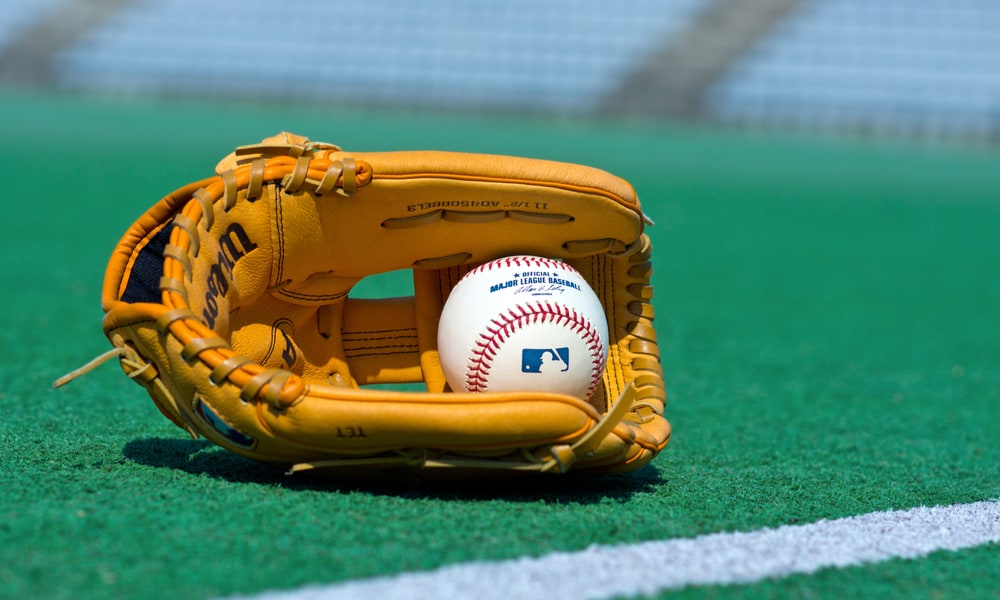
Warm summer nights and long, interminable games, which in theory can continue indefinitely. Lazy afternoons whiled away at the ballpark, playing hooky from work and reconnecting with long-lost childhood passions.
From a fan’s perspective, baseball pairs perfectly with cannabis. And considering the long seasons full of road trips and the amount of time players often have to kill while in uniform, waiting for something to happen—which might be later that week, if you’re a pitcher—marijuana would be a good fit for players, even if the MLB didn’t have some of the laxest drug rules of any workplace in the country.
Drugs are synonymous with MLB. LSD produced a no-hitter, if the legend of Dock Ellis is to be believed. And until they were banned in 2006, well into the steroid era, players feasted on amphetamines as if they were candy.
While bodybuilders no doubt had the science perfected years before the first shot of andro coursed through Mark McGwire’s veins, baseball is responsible for introducing to a wide audience the benefits of human growth hormone.
Baseball’s subsequent obsession with steroids has allowed other drug use to swell to heroic levels. According to an unnamed player interviewed by the Huffington Post, as many as 25 percent of MLB players are regular cocaine users.
With so much else going on, baseball’s attitude toward marijuana is appropriately relaxed—that is, once you ascend to the big leagues. If you’re on a Major League roster, you can stuff your body with as much THC as it can handle (which, since there are no recorded overdose deaths, is an amount so heroic it’s theoretical) and the worst penalty you’ll face is a fine.
“Of the 400 days of [big league] service time I had, I probably smoked on 150 of them,” an unnamed former big leaguer told HuffPo. “A lot of guys would wake up at 9 a.m. and smoke, but I never wanted to do anything mind-altering until after the game.” Clearly, the MLB is one of the more open pro sports leagues when it comes to cannabis.
National Basketball Association
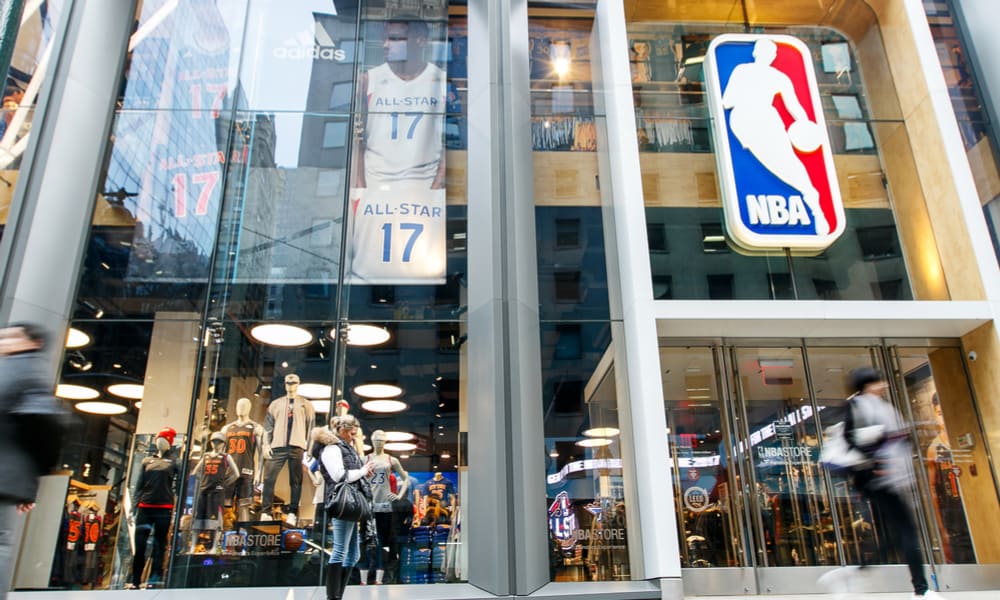
Compared to other big-time pro sports leagues, the NBA has the second-strictest drug-testing policy. Unlike the nonexistent testing in the NHL and the chemical funhouse that is the MLB, NBA players are randomly tested four times a year.
The limit is strict—a minuscule 15 nanograms of THC metabolite per milliliter of blood—but after a player is tested for the fourth time, they’re not tested again for the rest of the year. And the worst penalty, doled out only after multiple positive tests, is a five-game suspension.
With such relatively low stakes, enforcement is erratic at best. Some players are haunted all year by a single positive test at the same time that locker rooms at the NBA Finals reek of terpenes.
According to league honchos responding to Warriors coach Steve Kerr’s admission that he tried medical marijuana for his back pain, there apparently could be a “medical exception” loophole for players to use cannabis under the supervision of a physician.
It’s not as freewheeling as baseball, but when compared to other pro sports leagues like the NFL, where a player who merely visited a legal marijuana dispensary while on a trip to Seattle had to issue an apology, the NBA is absolutely 420-friendly.
The claim from recently retired point guard Jay Williams that up to 80 percent of current NBA players are marijuana users does seem extreme. But NBA players are given a clear message: You can absolutely smoke weed and get away with it, just please not when throngs of media are in the locker room.
National Football League
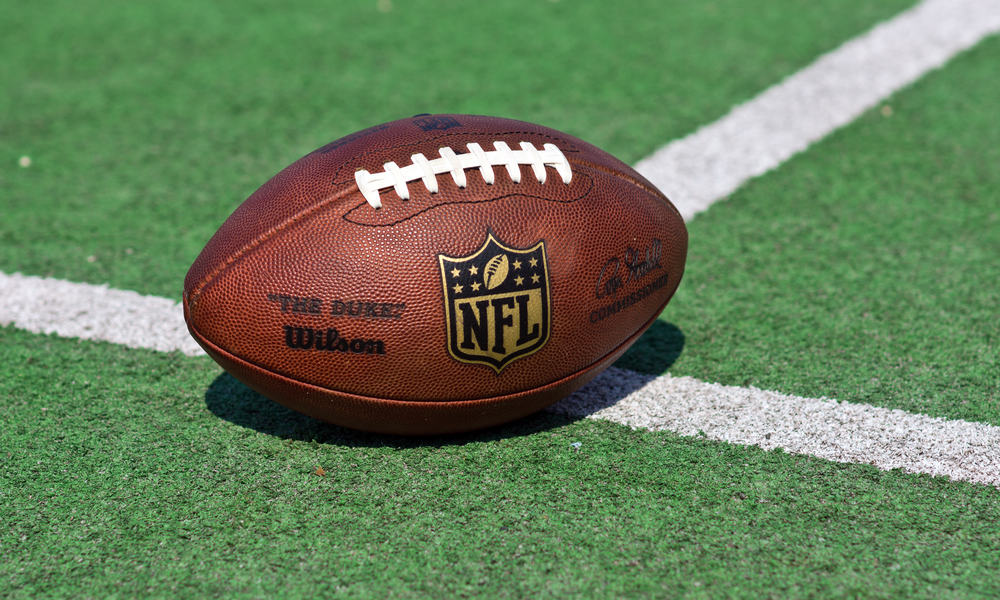
The NFL is notorious for having the strictest rules on cannabis use of all four major pro sports leagues in America. It is also the purveyor of the most draconian punishments for violators.
A player who tests positive for marijuana can very quickly go from missing 25 percent of the season to receiving a lifetime ban. Despite all this, the NFL is nonetheless full of marijuana users.
According to retired running back Ricky Williams, a Heisman Trophy winner in college and an All Pro in the NFL, as many as half of his teammates smoked marijuana. Keep in mind the height of Williams’s career was a decade ago, before any states had legalized recreational cannabis, and before medical marijuana was available in football hotbeds like Florida, Ohio, Pennsylvania and New York, where the league’s headquarters are located.
If NFL players are like the rest of us, more and more of them are picking up marijuana habits. But since they are not—since they are superhuman specimens who subject themselves to ritual punishment—they’re even more likely to be cannabis users.
In spite of the immense risks marijuana-smoking football players run, the league appears saturated with weed. “The players want to smoke,” one agent told Deadspin last year. “These guys smoke.”
Football players aren’t dumb. They’ve likely done a cost-benefit analysis and found that the benefits of consuming medical cannabis probably outweigh the potential penalties.
Severe, chronic and mind-bending pain is a way of life for professional football players, who must play through injuries or hide them in order not to lose their jobs. Recall that pro football players’ contracts are non-guaranteed. That $30 million deal your favorite college quarterback signed is back-loaded, and if he gets hurt and is subsequently cut in year three, he’ll be lucky to see a tenth of that.
Typical NFL policy is for players to receive gargantuan doses of Toradol, a kidney-wrecking anti-inflammatory drug. Or opiates. Sizing up these options—wreck your body and your internal organs and risk an addiction or smoke some weed and probably be OK—what would you choose?
As numerous retired players have attested, marijuana’s value as a neuroprotectant is unparalleled. Cannabis could be one of the few effective tools to stave off the terrible neurodegenerative toll of constant head trauma, which recent reports reveal may have driven one player to murder.
Trent Williams, an offensive lineman for Washington, D.C.’s football team, was suspended for marijuana use in 2011, a year that should have seen him selected to the Pro Bowl. In a lengthy profile published this month in the Washington Post, he revealed that the marijuana was for pain management.
But rather than risk another positive test and be suspended for an entire year, he says he’d rather quit consuming cannabis altogether, even though it could provide a safer, more effective form of treatment than prescription drugs.
National Hockey League
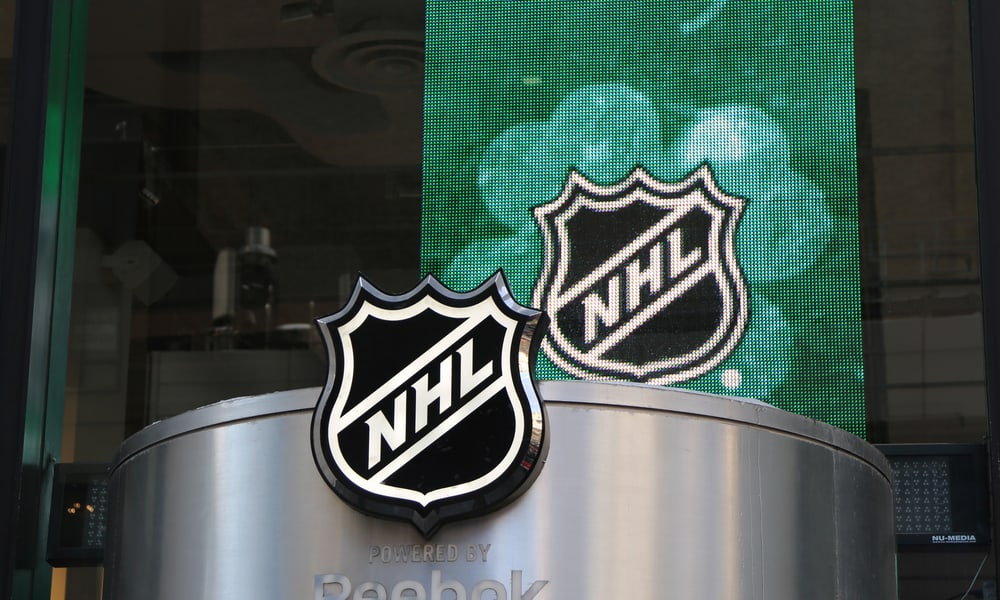
Hockey is Canadian by nature, even if the league’s offices are in New York City. The NHL’s approach to cannabis mirrors the liberal stance on weed taken north of the border. In fact, until players blew it by partying too much, there was no testing for marijuana at all. Still, when compared to other pro sports leagues, the NHL remains one of the most lax when it comes to weed.
This past season, for the first time, hockey players’ urine was screened for recreational drugs including marijuana and cocaine. It’s unclear if any of the 2,300 urine samples collected by the league came back dirty. If they did, no player would miss ice time, as the substances still aren’t officially banned.
According to a league commissioner, if a player tested positive for “dangerously high” levels of cocaine, he might be contacted by a league doctor to see if he needed “help.” In order to be enrolled in the league’s substance abuse program, a player would need to be convicted of a drug-related offense. All of this came about in response to a noticeable spike in cocaine use in the league.
Cocaine is popular in part because it’s a potent stimulant that heightens awareness (or at least the sensation of awareness) and boosts aggression. While cannabis is not a stimulant, it still has value for NHL players for many of the same reasons it’s popular among football players.
In fact, according to Riley Cote, a large percentage of NHL players regularly consume cannabis. He pegged league-wide marijuana use at “50 percent at a minimum.” Taking all this together, it seems likely that if players are as open as they are about cocaine use, they may be treating marijuana like it’s a soft drink.
Wrapping It Up: Pro Sports Leagues and Weed
So: 50 percent, 80 percent, 20 percent. The exact numbers don’t really matter. What matters is that pro athletes routinely use cannabis—across levels and across all pro sports leagues—at a rate higher than the general public. And they do so with no obvious intrinsic detriment to their lives or athletic skills.
If anything shakes what lingering D.A.R.E.-era propaganda remains, it should be the examples set by those who stake their livelihoods on what their brains and bodies can do. They all smoke weed, whether it’s allowed or not.
The post What The 4 Biggest Pro Sports Leagues Think About Cannabis appeared first on High Times.

